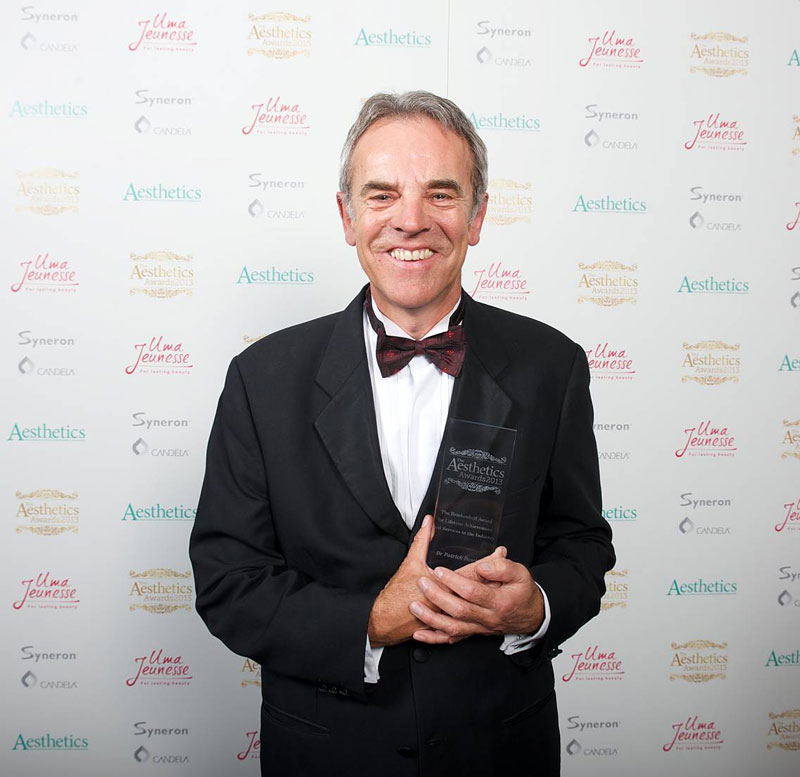
Dr Patrick Bowler
Founder and Fellow Member of the British Association of Cosmetic Doctors
When Patrick Bowler embarked on a career in aesthetic medicine more than 30 years ago, he had no idea he was establishing himself as a pioneer and founding father of the fledgling specialty in the UK.
Dr Bowler was looking for a new direction after becoming disenchanted with government policy around general practice. He was influenced by his dermatology background and the early non-surgical facial treatments that he noticed in his wife’s magazines.
He set up a clinic in a barn at home in 1987, offering injectables and facial treatments, and business boomed. He had already established himself as a supplier of facial creams and lotions and was soon overseeing clinics in Brentwood and London and travelling to Europe and the USA where aesthetic medicine was more advanced.
“Then I noticed an article in a magazine featuring Rita Rakus, promoting aesthetic treatments, so I contacted her. At the time, the GMC was talking about appraisals and revalidation. We were independent and working in a field not recognised by the GMC, so we met up and discussed what we could do,” he said.
The pair put an advert in Pulse magazine for a meeting at the Law Society on 2 October 2001. The event attracted 27 doctors with a shared interest in aesthetic medicine – and the British College of Aesthetic Medicine (BCAM) was born!
The group was initially called the British Association of Cosmetic Doctors (BACD) and soon had a flourishing membership with two key aims: education, developing treatment protocols and systems for appraisal and revalidation.
After initially working extensively with fillers, botulinum toxin became available and he quickly recognised this would be a very popular treatment option. He focused on less invasive treatments than traditional cosmetic surgery, seeing patients who weren’t the usual rich and famous clientele of plastic surgeons.
“The pace of change and innovation made it ever more interesting, treating people with a number of different possibilities. It was interesting and satisfying to see how grateful patients were for any improvements. Even at that time we recognised the importance of properly assessing people psychologically before administering treatments, and patient satisfaction was generally very high.”
Dr Bowler said it was “the start of the wave of media and public popularity” that culminated in him being interviewed on breakfast TV and being involved in the show ’10 Years Younger’ that launched on Channel 4 in 2004.
“Rita was excellent at getting journalists interested in what she was doing, and so it snowballed,” he said. So all this publicity benefited the BACD members providing credibility and increasing numbers of enquiries
Following the foundation of BACD, Dr Bowler said there were “lots of battles to be fought” but the issue of regulation didn’t raise its head for quite some time. Regional forums were established so doctors could consult experienced, like-minded practitioners in their own area for support and advice.
Dr Bowler said educational meetings were well supported, and the group was able to collect meaningful statistics to influence growth and innovation.
Dr Bowler, who holds the BCAM Fellowship, retired from medical practice five years ago but retains a strong interest in the aesthetics sector.
“I was fortunate enough to be involved in setting it up at the beginning, with the vision that aesthetic medicine would grow and develop,” he said.